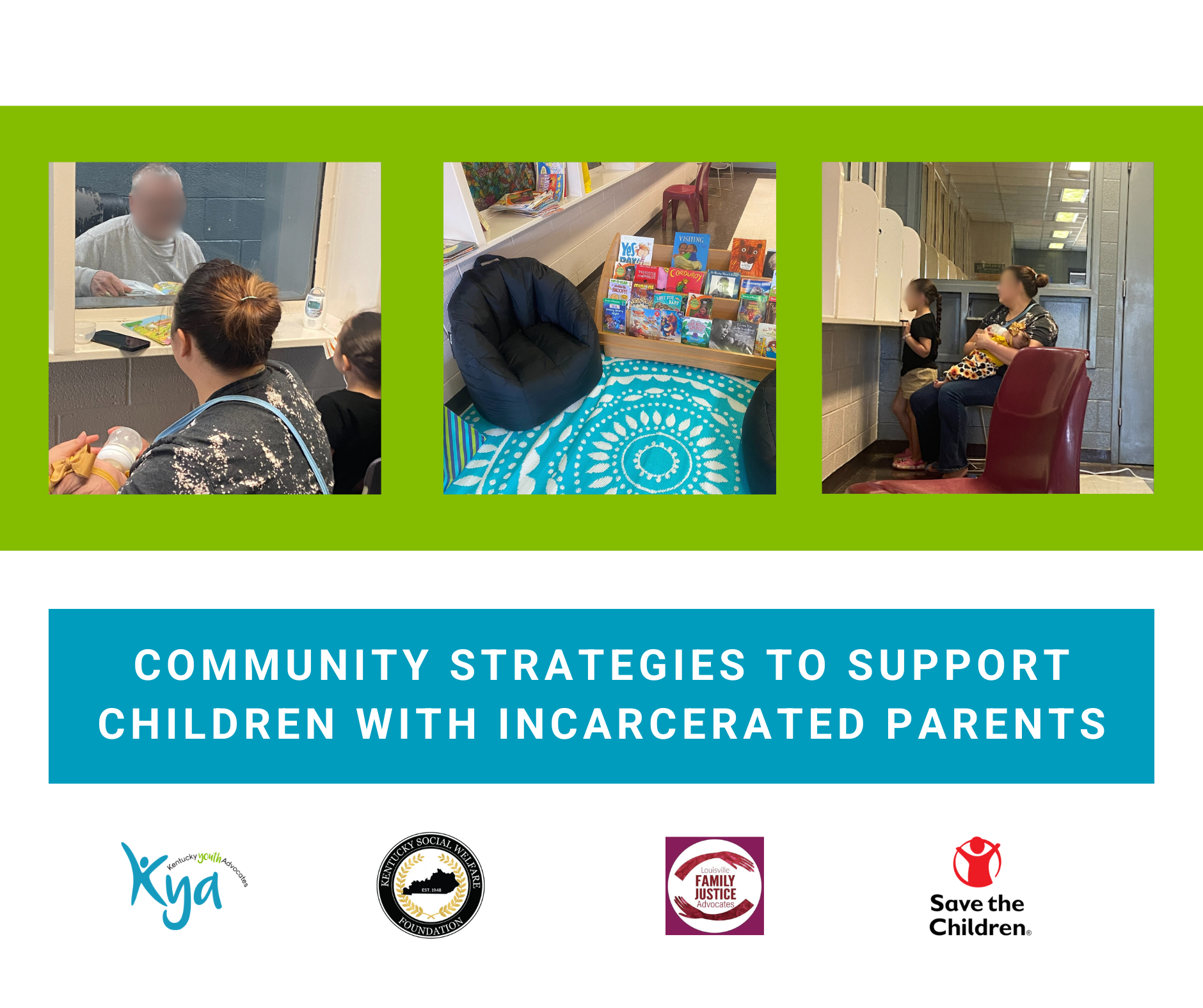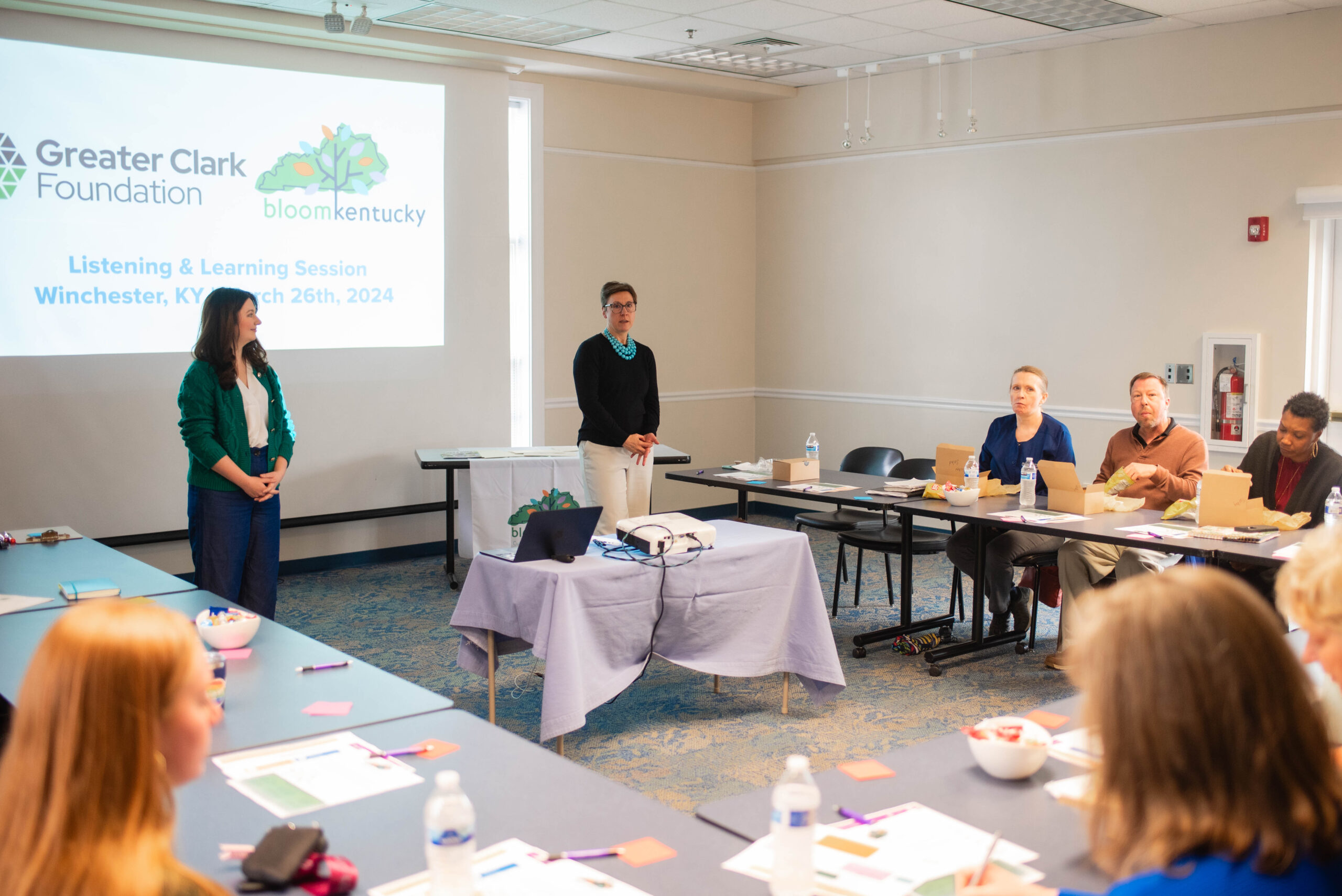Unfortunately this fall makes both Cards’ and Cats’ fans turn to basketball rather than the gridiron. As we prepare for basketballs’ opening games, picture a standing room only crowd of “these kids” at Rupp Arena and another packed house of “these kids” at the YUM!Center. And then think about some 25,000 more of “these kids” who can’t squeeze in. The 70,000 “these kids” to whom I refer are the young people enrolled … or perhaps, trapped … in Kentucky’s alternative education programs.
It is an issue that has haunted KYA organizationally and – I must admit – me personally for four years. It was four years ago that we conducted our first of three exhaustive studies around the state of the state’s alternative programs. We visited dozens of these sites. We interviewed hundreds of students, parents and faculty members. We looked at state data and national benchmarks. We engaged the educational establishment and education reformers, attorneys and child welfare leaders, law enforcement and political leaders. The landscape we saw was as frightening as it was complex. There were exceptions to be sure. Jessamine County’s Providence School, Jefferson County’s Liberty School, Daviess County’s Beacon Academy, Warren County’s Lighthouse Academy stood out as exemplars not just for Kentucky but for the nation. We saw the deep and effective work going on at many of the agencies of the Children Alliance’s. And those positive examples inspired a picture of what “could be” for all children enrolled in alternative education programs in the commonwealth. What “could be” is not what is.
Instead, the overall scenery of alternative programs is one of lack. Lack of fiscal resources and fiscal accountability. Lack of professional standards for faculty. Lack of standards for teaching and learning. The most troubling is the lack of a belief that it can or should be better for these vulnerable young people. In fact, the seminal moment for me was when an educational leader deeply engaged in alternative program work stood up publically and questioned why we were pushing for reform. He snarled the question, “What are you trying to do? Raise a smarter next generation of criminals?” Really? Certainly, most of these alternative program students are troubled and all are vulnerable. Some find themselves in these settings because of child welfare issues. Others are there because of their involvement with the juvenile justice system. Others find themselves in alternative settings because they have caused problems at their home schools while still others are there because they truly learn in different ways. But to suggest that we give up on 70,000 students… to suggest that we need to simply contain and restrain 70,000 young people… to suggest that we as a Commonwealth can afford not to invest in these lives… is as short-sighted as it is morally reprehensible.
Ah, but maybe … just maybe … these 70,000 Kentucky young people are about to get a win. A real win. The Kentucky Board of Education is looking at sweeping regulatory reform of the alternative programs. Is it the perfect plan? No, but it is a very, very good beginning. Some of the proposed changes are arcane but important, such as redefining classifications. Some probe deeply into more visible issues, like students’ rights to participate in extracurricular activities, articulated intervention plans, parent engagement and learning outcomes. Even if the proposed regulations pass, are there other major issues to tackle? Certainly. For example, I believe that a thorough, detailed and objective financial analysis is needed to ensure funding follows the students when they are placed in alternative programs. The Professional Standards Board – and not the State Board of Education – has to step up to the plate around ensuring professional quality standards for those who teach our most vulnerable teens. And, I hope that the Kentucky State Board of Education strengthens some elements, like program evaluation, over which it has control.
Those next chapter battles need to come. But for a moment all of us need to pause and do two things. First we need to reach out to the State Board of Education Chair David Karem, Vice-Chair Roger Marcum, their colleagues and Commissioner Terry Holliday and say, “Thanks.” Thanks for being leaders for young people who have not had champions. Thanks for not buying that thinking about the next generation of criminals and instead seeing this as a chance to create a real future for 70,000 young people. And while you are thanking them, encourage and embolden them to pass the regulations before them. I have no question that there will be those drilling holes in the proposed reform – wanting to put their own interests in front of these young people’s needs. It will take persistence and courage from the State Board and the Commissioner on this issue. Your voice will strengthen their backbone to act.






Leave A Comment